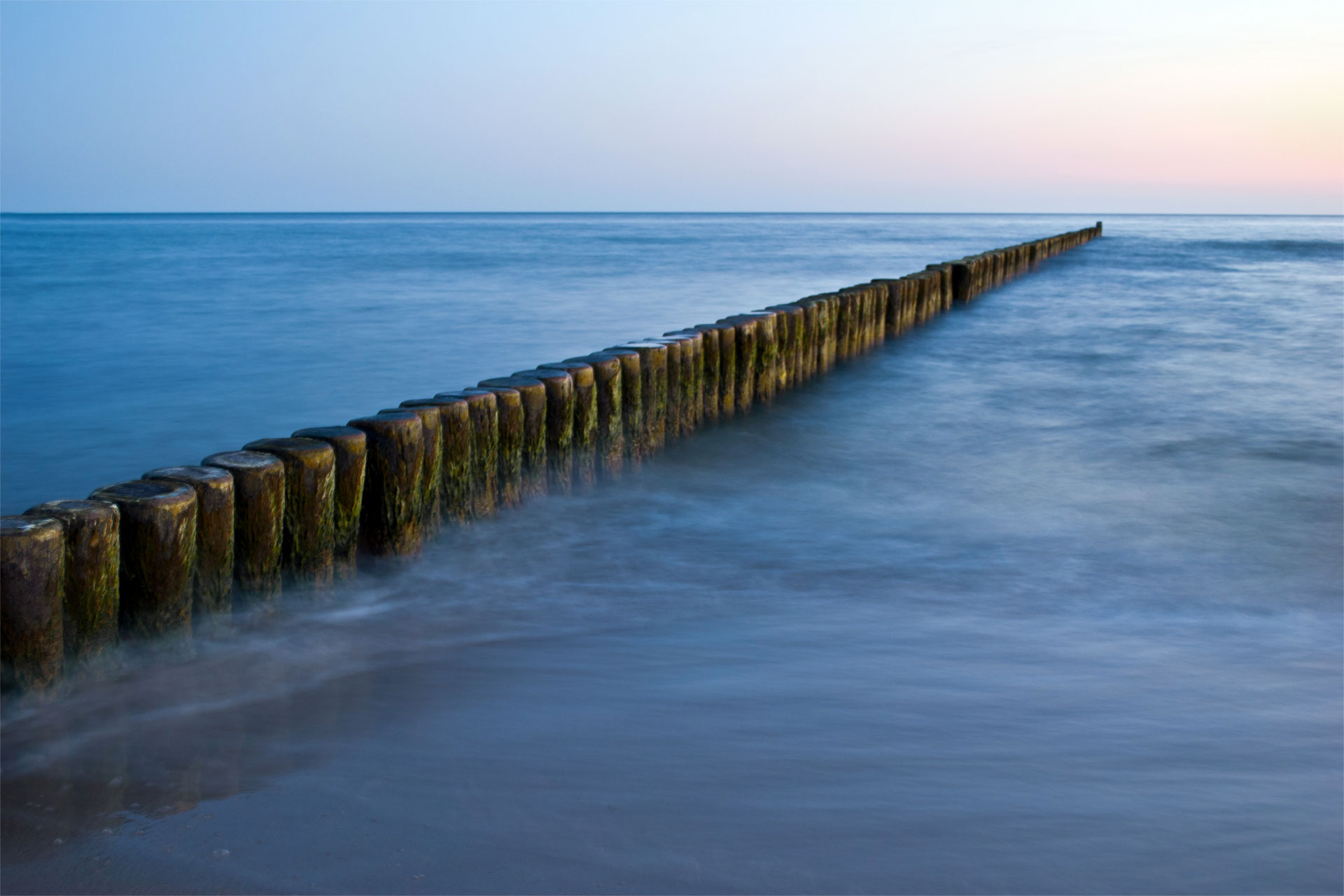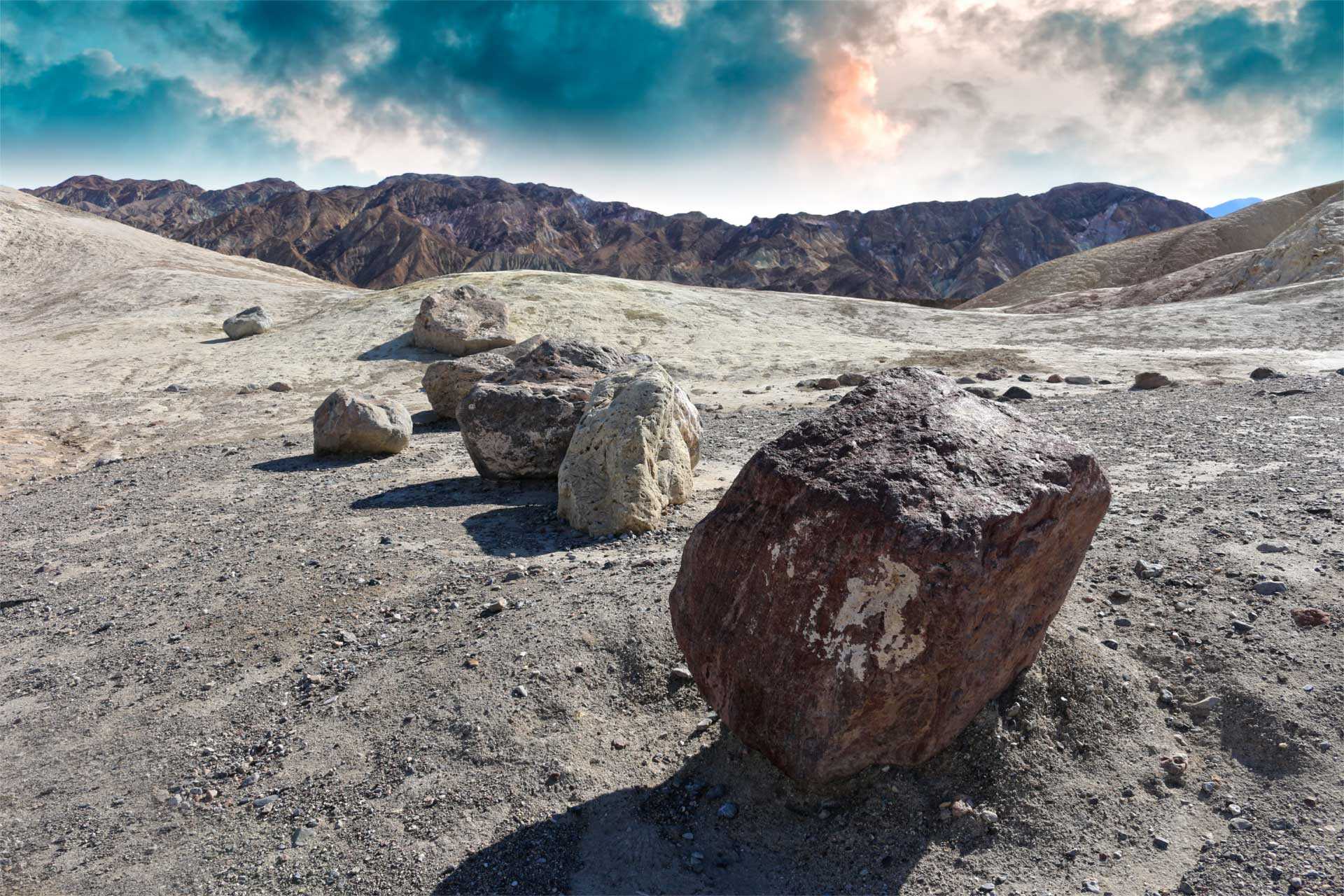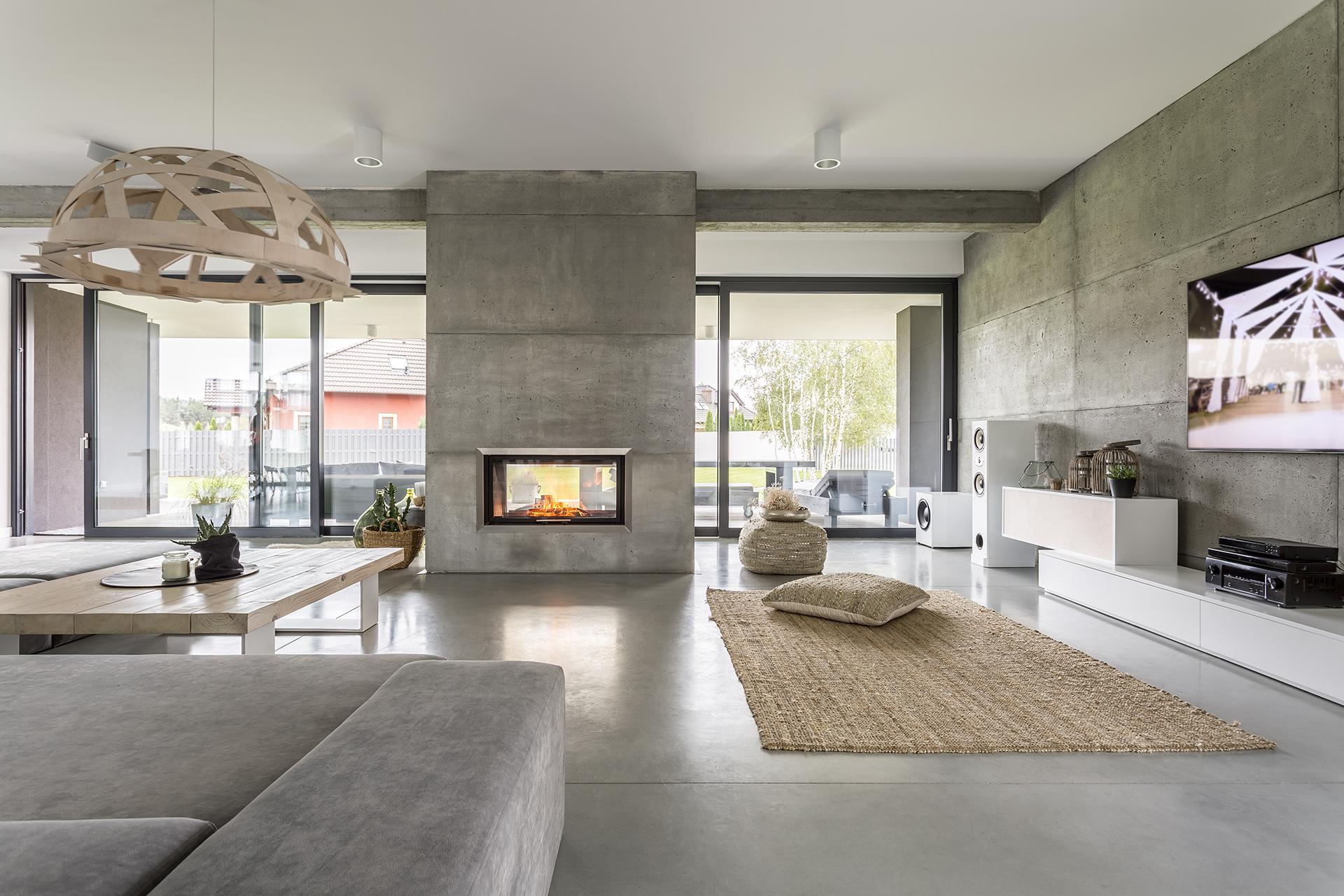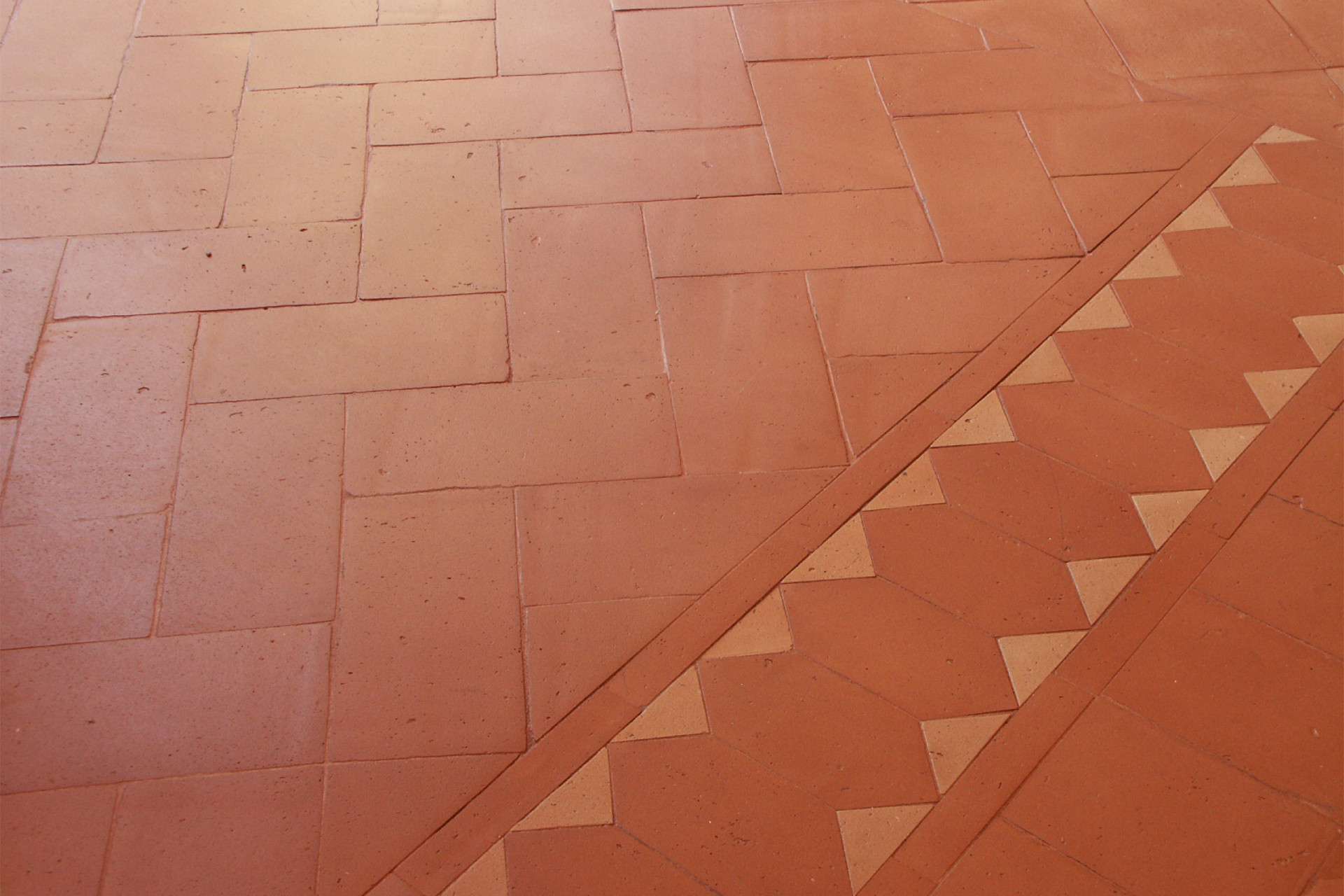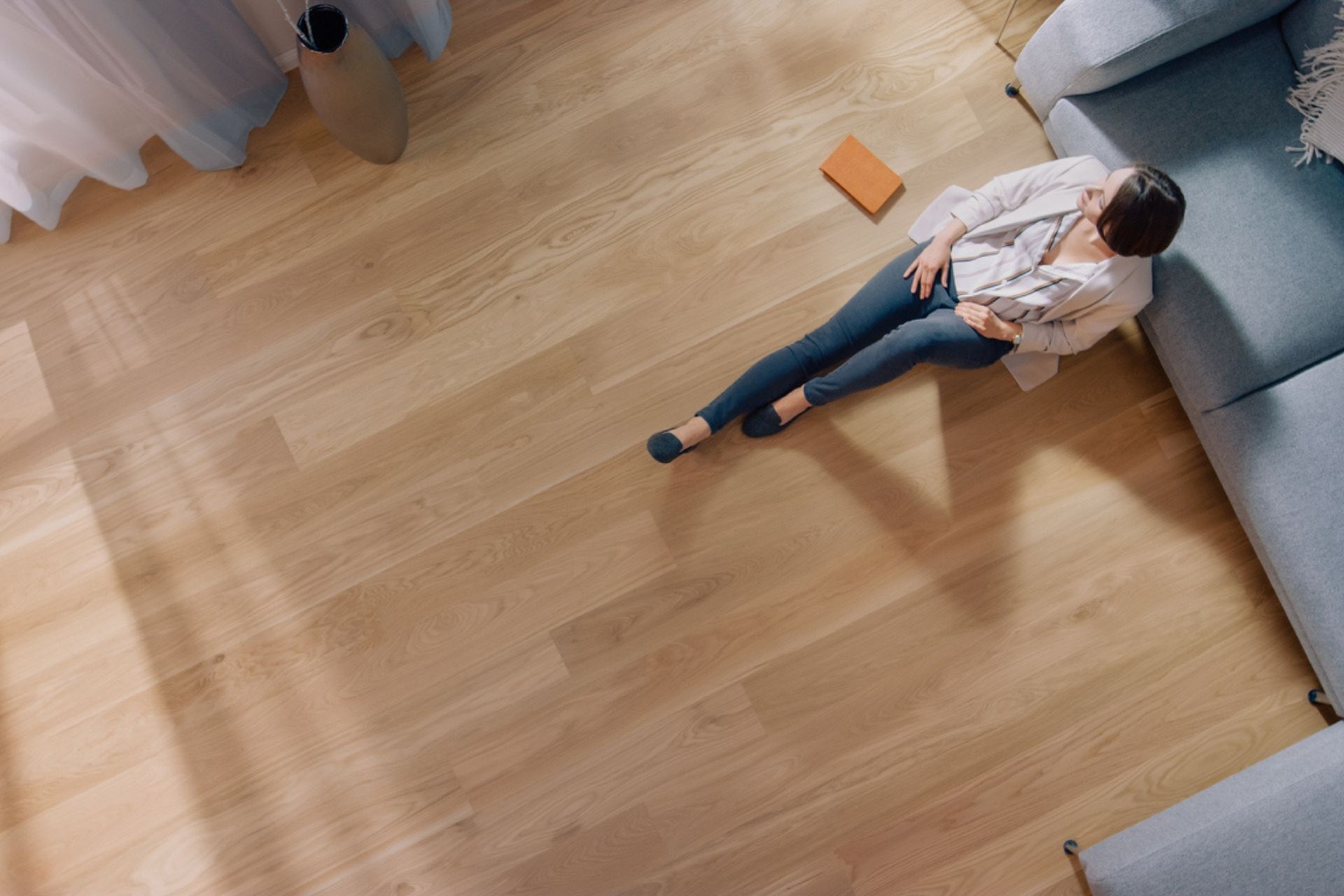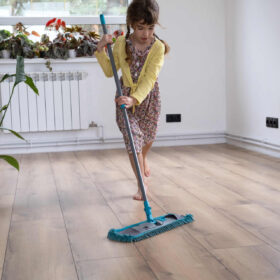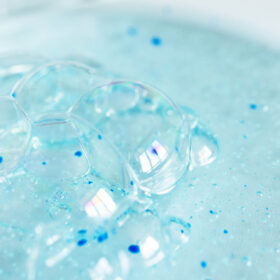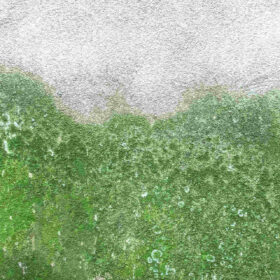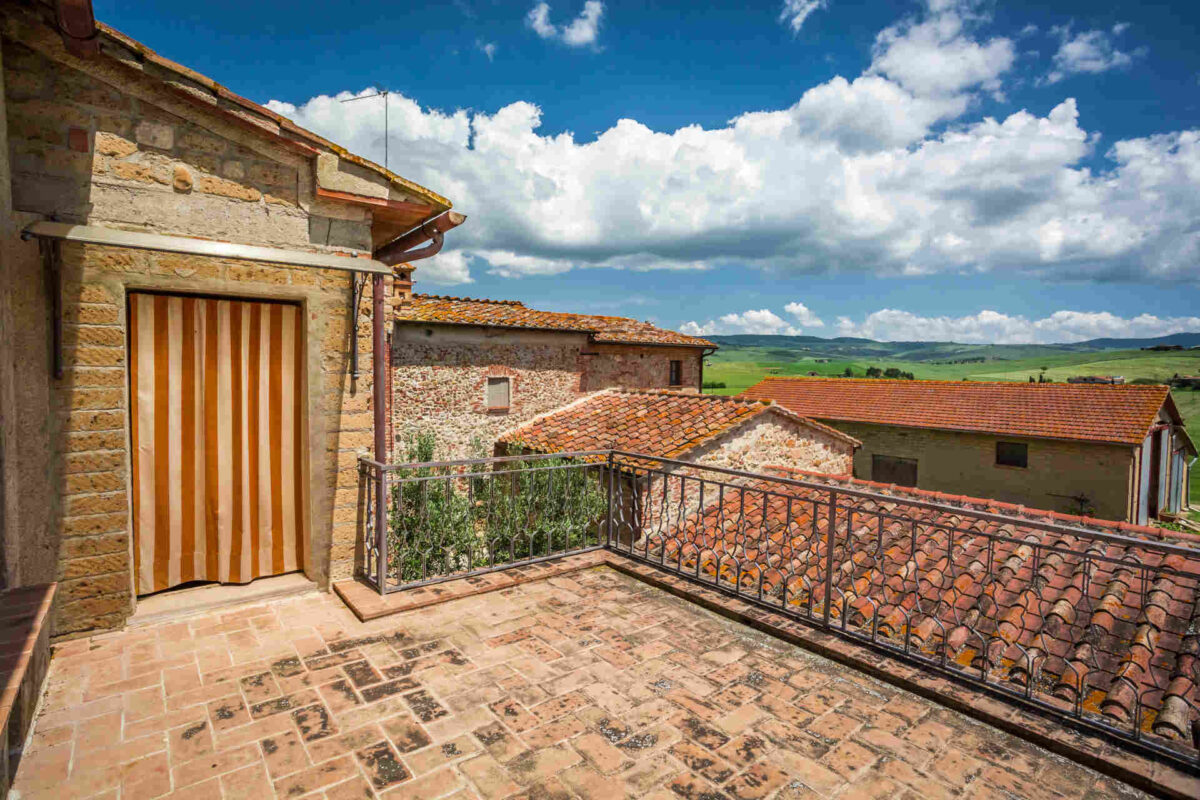Balconies: how to avoid moss formation
The greenish patina formed by mosses, algae and lichens it is a permanent presence on the external floors of balconies and poorly lit avenues exposed to the elements, especially in areas where the cold season is humid and very rainy.
This is not just an aesthetic problem: in addition to being a lot slippery, moss and algae can penetrate surfaces, damaging external coverings.
Moss on the balcony: why does it form?
Il moss grows in shady and humid environments, and is able to absorb nourishment directly from the environment: therefore, as well as on meadows and tree trunks, moss is able to proliferate and multiply in the most diverse contexts, including roofs, balconies and external cladding of our homes.
The biological patina formed by mosses, algae and lichens can colonize practically any surface: wood, natural stone, concrete and even asphalt. To grow and proliferate, moss needs rather simple conditions to fulfill: a shady place, perhaps facing north, and lots of it humidity.
Moss tends to dry out quickly when illuminated and warmed by the sun. It is not uncommon, in fact, for efflorescence to affect only some portions of terraces and gardens: they are usually those that remain perpetually in the shade, perhaps because they are covered by an architectural element or by the generous foliage of a plant.
Moss and algae on outdoor floors: the risks
The more or less deliquescent greenish patina formed by mosses, algae and lichens on the surfaces of terraces and balconies it's not just an aesthetic problem. As happens in the case of mold that can form between the bathroom tiles, the presence of these biological incursions on external surfaces can cause a degradation of materials.
I lichens they can penetrate microcracks in surfaces and release very corrosive substances, such as oxalic acid and carbonic acid, which can cause cracks and structural damage, especially in marble.
Il moss, however, is particularly dangerous for stone floors: growing especially in the gaps between one slab and another, in fact, it can become a disturbing element such as to raise the edges of the tiles.
The most serious risk, however, is that linked to safety: the surface constantly damp and slippery Some moss makes walking on it very dangerous, especially on rainy days.
How to avoid moss forming on balconies
Sometimes, remove moss from the floor during spring cleaning it's not enough. When dealing with a surface on which moss quickly proliferates or grows all the year, the wisest choice, is to to prevent the problem, delaying the proliferation of dangerous efflorescence.
The "weapons" to avoid the formation of moss and algae on the floor are different:
- technology: the first thing to do is try to make the environment more airy and bright, for example by pruning the shadiest branches or moving a piece of furniture that interrupts the natural flow of air;
- cleaning and maintenance: problem surfaces should be kept as free as possible earth and foliage, which can encourage stagnation of humidity;
- water-repellent treatments e waterproofing: there are treatments that allow the formation of moss on wood, stone and terracotta to be significantly delayed, creating a water-repellent patina on the surfaces.
Moss on the balcony: the right protection for each material
A good waterproofing treatment can be very useful in delay the development of algae and moss on surfaces. If the problem concerns the balcony as a whole and you are looking for a single product for all shaded surfaces, Impretex MK-65 is the solution: specially designed for terraces and balconies, it is ideal on all absorbent building surfaces, from terracotta to marble, from natural stone to concrete.
In other cases, however, the matter can make a difference:
- stone and terracotta: if you want to treat a beautiful external stone or terracotta flooring, and you prefer natural products, the right protectant is Delta One, a set of modified oils and waxy resin emulsions which give strong water repellency to surfaces;
- Wood: to protect wooden decking from moss and mold, specific, effective but delicate products are needed, such as External Deck, a primer based on vegetable oils designed for the protection of wooden floors on terraces, walkways and swimming pool edges;
- marble and porcelain stoneware: when dealing with marble or other very shiny surfaces who want to keep it that way, Ginko it is the most suitable product. In addition to excellent water-oil repellency, it guarantees high resistance to UV rays, and is ideal for situations in which the proliferation of moss and mold is limited;
- WPC: even composite wood floors have their tailor-made solution. Is called Hydro Rep WPC and it is a water-oil-repellent protector specific for WPC which delays the formation of mold and fungi.


